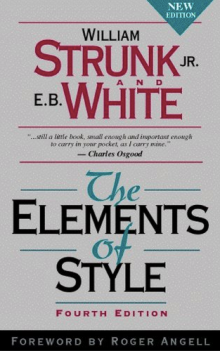If you’re reading the series documenting my journey though Stunk and White’s Elements of Style, you’ll know I was recently made aware of a handy piece of editing to be undertaken on my manuscript: talking in the positive form and my use of the word not.
 As writers, we all know redundant words such as that and very can (and should be) cut during the editing process. Until I read S&W’s book, however, I had no idea how also removing the word not can tighten up one’s prose. Writing in a more positive tone has a wonderful effect on the whole feel of a book… unless of course the mood you’re going for is one of darkness, hesitation and negativity; in that case let words like not, would, could, should, may or might come raining down. If not, dump them.
As writers, we all know redundant words such as that and very can (and should be) cut during the editing process. Until I read S&W’s book, however, I had no idea how also removing the word not can tighten up one’s prose. Writing in a more positive tone has a wonderful effect on the whole feel of a book… unless of course the mood you’re going for is one of darkness, hesitation and negativity; in that case let words like not, would, could, should, may or might come raining down. If not, dump them.
So, after reading this rule I used the ‘find’ tool and plodded though my manuscript looking for instances where I could replace negative phrases with more positive ones. I found 277 uses of the word not… that’s right, 277.
Here are just a few examples of the changes I made:

